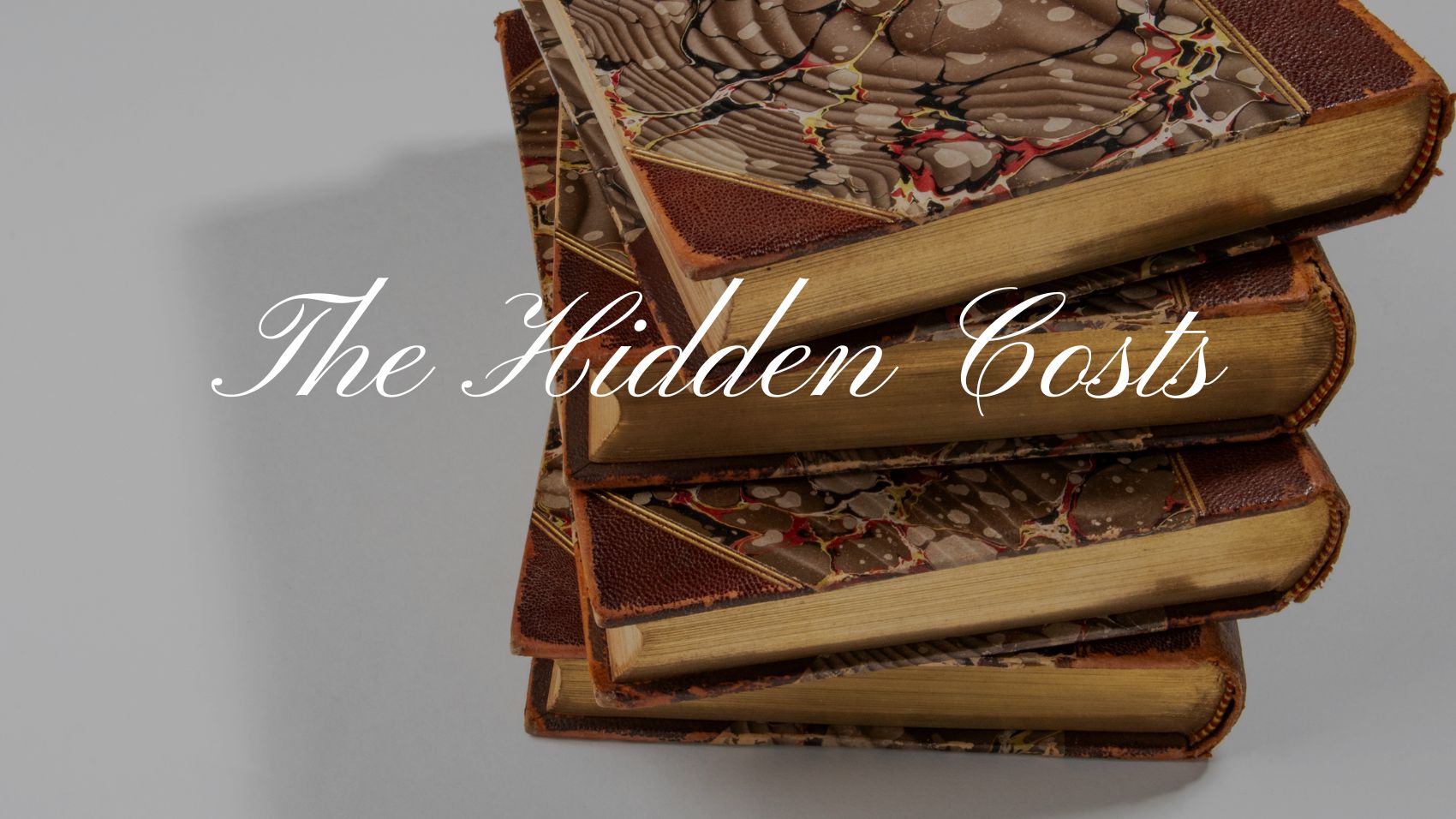The allure of precious stones in jewelry is undeniable – their exquisite beauty, rarity, and the stories they tell have enchanted humans for centuries. However, behind the shimmering façade lies an often-overlooked truth: the environmental toll of mining these stones. In this blog post, we delve into the environmental impact of mining precious stones for jewelry and explore potential ways to mitigate this impact.
The Dark Side of Sparkle
Mining precious stones, including diamonds, rubies, emeralds, and sapphires, involves a complex process that can have profound environmental consequences. These include:
-
Habitat Destruction: Mining operations can disrupt fragile ecosystems, displacing wildlife and destroying natural habitats. Forests, rivers, and even marine environments can suffer irreparable damage.
-
Soil and Water Contamination: Mining activities release toxic chemicals into the environment, contaminating soil and water sources. This pollution can have far-reaching consequences for both human and animal populations.
-
Water Depletion: Mining requires substantial water resources, often leading to the depletion of local water sources. This can harm surrounding communities and ecosystems that depend on these water supplies.
-
Air Pollution: Dust and emissions from mining machinery contribute to air pollution, impacting air quality and potentially causing respiratory problems for nearby communities.
-
Climate Change: The energy-intensive processes used in mining contribute to greenhouse gas emissions, exacerbating climate change.
Conflict and Human Rights
The environmental impact is not the only concern associated with precious stone mining. Some regions have faced issues related to conflict, human rights abuses, and unethical labor practices within the industry. The trade of "blood diamonds" (stones mined in war zones and sold to finance conflicts) has garnered international attention and led to efforts to establish ethical sourcing standards.
A Path to Positive Change: The Value of Buying Vintage and Sustainable Jewelry
Amidst growing concerns about the environmental impact of mining precious stones, a glimmer of hope shines through in the form of vintage and sustainable jewelry. These alternatives offer not only exquisite beauty but also a way to minimize the environmental toll associated with traditional mining practices. In this blog post, we explore the value of buying vintage and sustainable jewelry as a means to contribute to a more responsible and eco-conscious world.
A Timeless Treasure: Vintage Jewelry
Vintage jewelry carries a charm that's beyond compare. Each piece tells a story, reflecting the fashions, trends, and sentiments of the era in which it was created. By opting for vintage jewelry, you're not only embracing a unique style but also making a sustainable choice. Here's why vintage jewelry is a path to positive change:
-
Reduced Environmental Impact: Vintage pieces have already been mined and crafted, sparing the need for new mining operations. By giving new life to existing pieces, you contribute to the reduction of environmental degradation associated with mining.
-
Preservation of History: Vintage jewelry is a testament to craftsmanship and creativity of bygone eras. By cherishing these pieces, you help preserve history and promote a sense of appreciation for the past.
-
Individuality and Style: Vintage jewelry allows you to stand out with one-of-a-kind pieces that are unlikely to be replicated. It's a way to express your individuality while honoring the craftsmanship of yesteryears.
